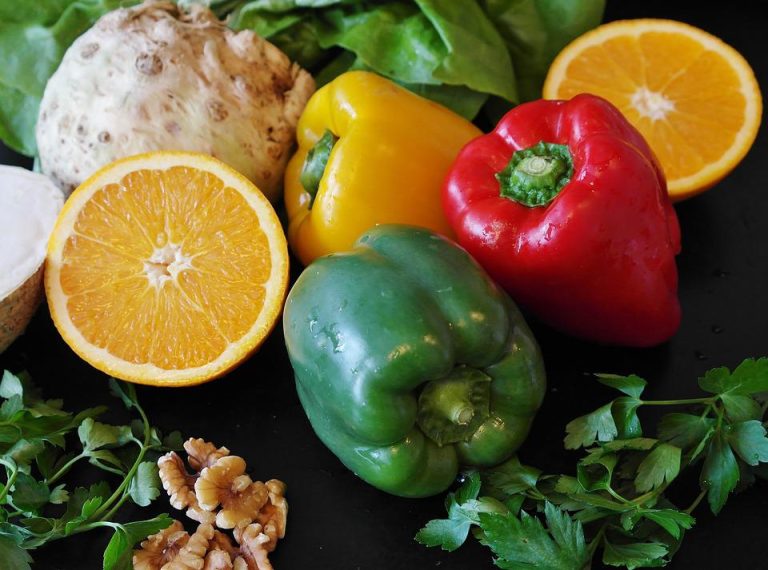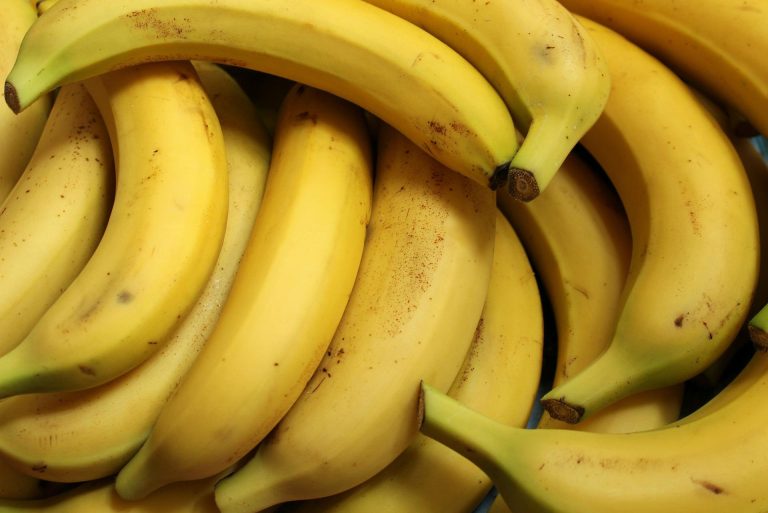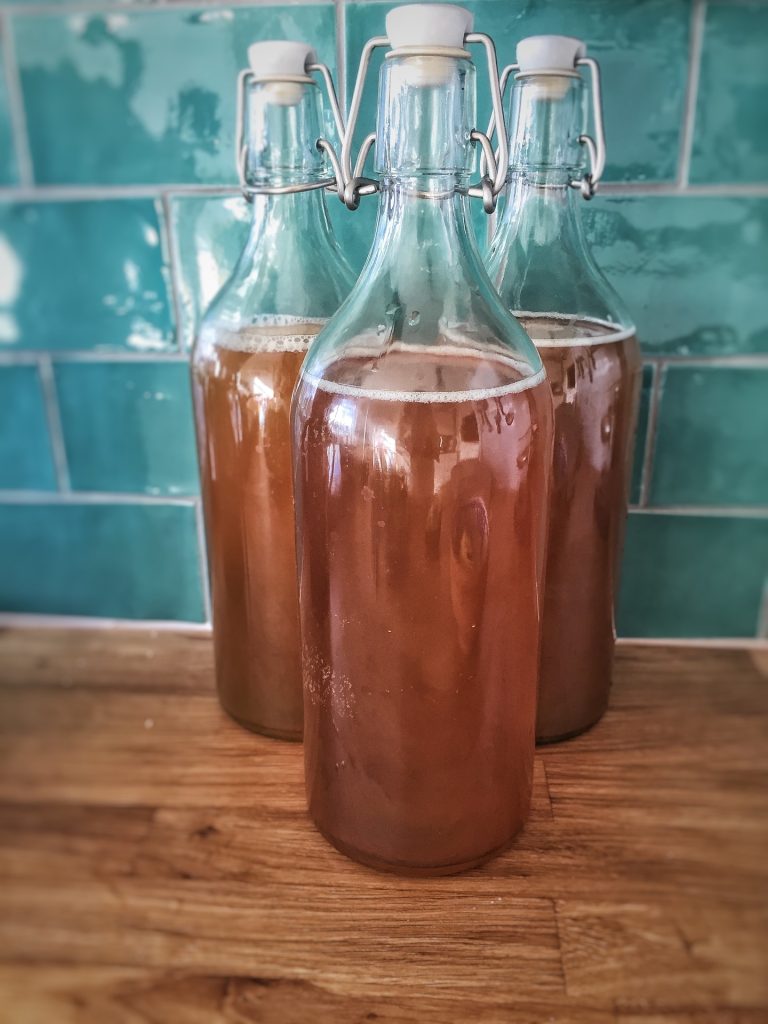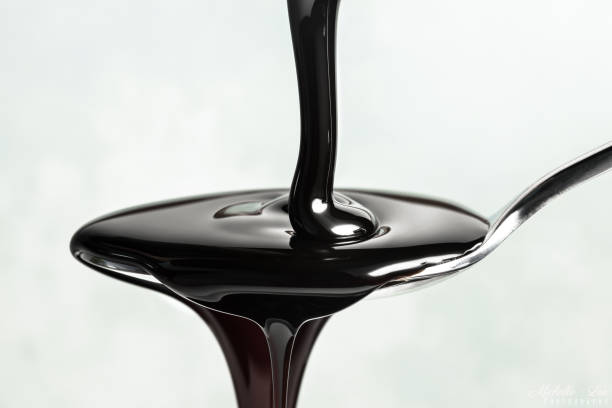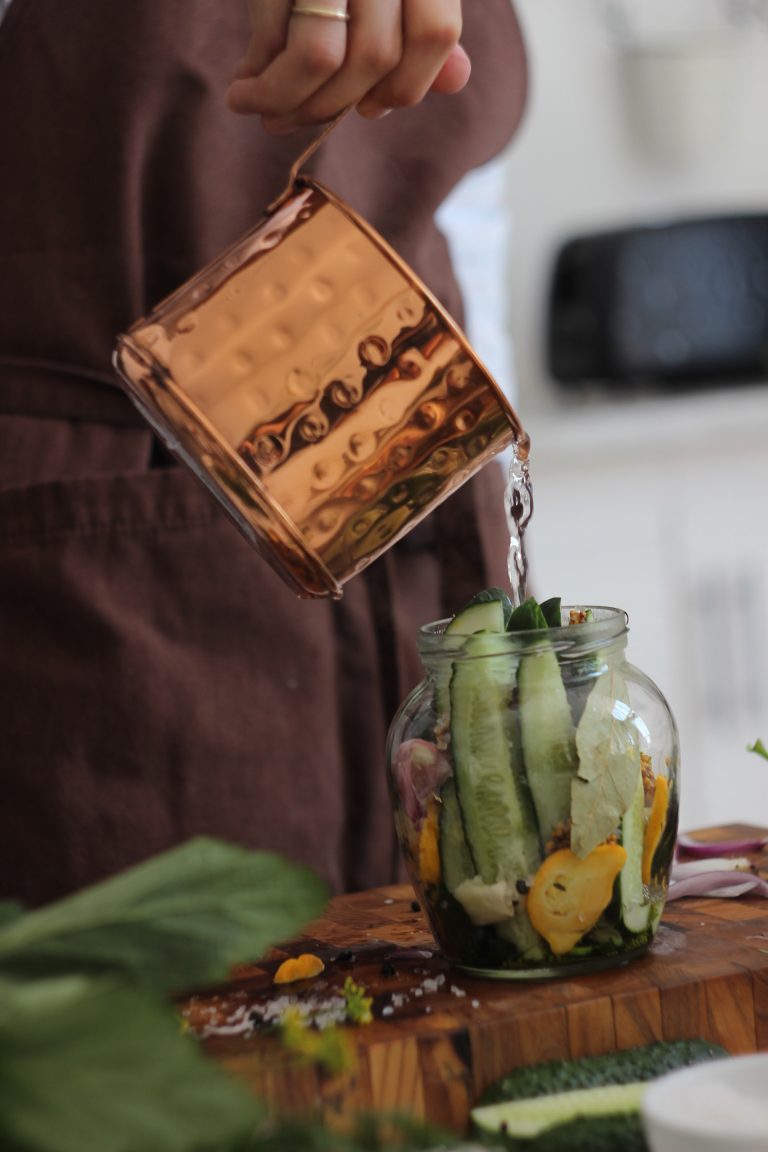Fermented Hot Sauce pH: Everything You Should Know
The shelf life of a product can be affected by Fermented hot sauce pH. The less acidic the sauce is, the better it will preserve.
A high-salt and low-acid environment will give the best results for hot sauce pH.
High acid environments will result in a low pH, whereas high salt environments will result in a high pH.
The sauce might taste overly acidic if the pH is too low. As a rule of thumb, you should aim for a pH below 3.7, but how do you do that?
In this article, I will explain what a pH level is and the role it plays in hot sauces. I will also share tips for balancing the pH level.
You’ll learn how to make the perfect hot sauce with a long shelf life.
Table of Contents
Role of pH in Fermented Hot Sauce
Before we can understand the role of the pH in hot sauce, we need to know what the level is.
In this case, the hot sauce has a hydrogen ion concentration that is higher than the pH level.
The acidic environment is created by high pH and the alkaline environment is created by low pH.
High-pH substances include milk and baking soda, whereas low-pH substances include coffee and vinegar.
There is a neutral pH of 7 in the water. The preservation of the sauce can be affected by the level of acidity in the water.
The better your sauce is preserved, the lower the pH level is.
When unrefrigerated, an alkaline environment may cause your sauce to be spoiled. The taste of the sauce can be affected by the acidity of the pH level.
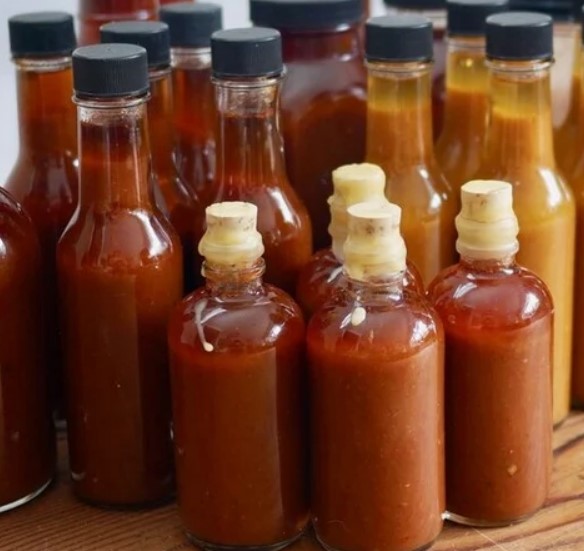
Ideal pH Level of Fermented Hot Sauce
A low acidic level of fresh peppers can be found in the pH level. Depending on the pepper type, the pH level is determined.
The most popular hot peppers have different levels of acidity.
- Jalapeno – pH 4.9-6.0
- Habanero – pH 5.8
- Anaheim – pH 6.0
- Serrano 5.2 – pH 5.9
- Thai Chili – pH 6.0
- Bell Peppers – pH 4.8-5.2
- Tabasco – pH 4.6-5.4
Ensuring a long shelf life for the product is not possible with such acidity. It is recommended that people aim for a pH of at least 3.5 to 3.7.
Over time, the pH level of the sauce can be lowered through the fermentation process.
When required, you need to keep an eye on the pH level to balance it. If the pH is too low, your sauce may be too acidic and not as tasty.
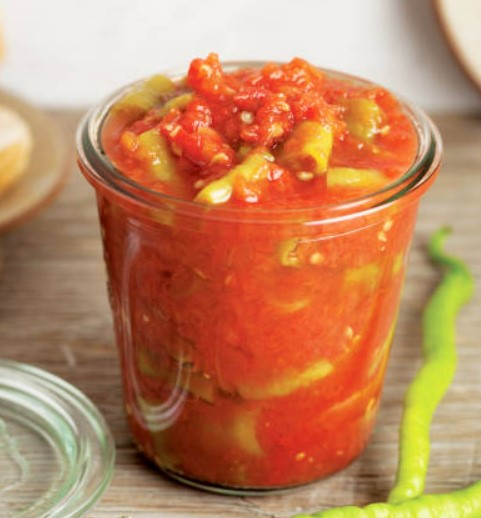
Tips
There is a special pH tester that can be used to measure the level of your hot sauce.
You can lower the pH by adding an acidic substance to the brine, but it won’t help you reach the desired pH of about 3.5.
To balance the higher pH of peppers, the added substance needs to be less than 3. You can use some of the best acidic ingredient choices to make your hot sauce.
- Lemon juice – pH 2
- Lime juice – pH 2-3
- Vinegar – pH 3
- Tomatoes – pH 4
- Apples – pH 3-4
- Apricots and peaches – pH 3-4
- Pineapple – pH 3.2-4
If you have to raise the pH to balance the taste, you should use ingredients with a higher pH. These are some of the things that include.
- Hot peppers – pH 4.8-6
- Soybeans – pH 6
- Carrots – pH 5.8-6.4
- Mangoes – pH 5.8-6
- Figs – pH 5-6
- Cabbage – pH 5.5-6.7
The hot sauce’s pH level decreases during the process of fermentation. When the sauce is exposed to heat, the pH will increase, and you should be aware of that.
Every time you adjust the pH by adding more of a certain ingredient, you should also consider how the taste affects it.
If you make a tasty ingredient mix for your hot sauce, you need to think about how this will affect the pH.
The combination of hot peppers with fruits such as pumpkin, mango, figs, and dates sounds delicious.
The sauce preservation process will be affected by the high pH of some of these ingredients.
If your sauce is going to be spoiled, you need to add a suitable acidic ingredient, such as lemon juice or vinegar.
Conclusion
It’s a sort of science to balance the hot sauce’s acidity.
Every new ingredient or change in the environment may affect the result by lowering or raising the pH level.
Don’t be afraid to experiment with your ingredients, check the pH of everyone. The only way to find the best combinations is by using them.

Foodie and a passionate cook, I am here to share all of what I know about cooking, kitchen, and food prepping.
Follow me for delicious and healthy recipes.

